Chronicles of the 2022 Baikal Expedition. Bair Shaybonov
The annual expedition to build the Baikal-GVD, the deep underwater neutrino telescope of a cubic-kilometre scale, is in full swing. During about two months, the Baikal-GVD collaboration is intending to deploy two new clusters with optical modules, to repair and upgrade the previously installed clusters, and to proceed with the development of the optical data transmission system within the facility.
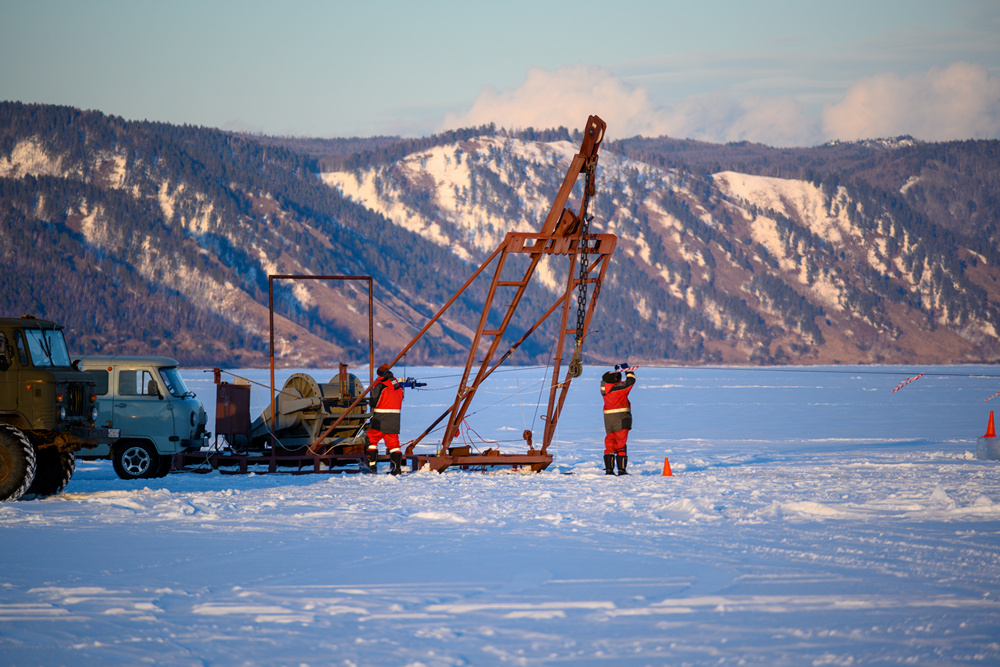
The member of the expedition Bair Shaybonov, a DLNP senior researcher, shares with us some news from the ice camp.
• The ice camp has been arranged. Several teams are working to their full capacity on the ice camp and at the shore station.
• Now, a new cluster, the ninth, is being assembled. One string is almost ready.
• The complex to manufacture supporting cables for new strings has been arranged as well. One supporting cable is ready for assembling the next string.
• The seventh cluster is being repaired. Two strings have been disassembled; faulty equipment replaced.
The Baikal-GVD Neutrino Telescope is being constructed by concerted efforts of the international collaboration with the leading role of the Institute for Nuclear Research of the Russian Academy of Sciences (Moscow), the founder of this experiment and the high-energy neutrino astronomy direction in the world, and of the Joint Institute for Nuclear Research (Dubna). More than 70 scientists and engineers from 11 science centres of Russia, Germany, Poland, the Czech Republic, Slovakia, and Kazakhstan are involved into the project.
 Photo by Bair Shaybonov
Photo by Bair Shaybonov
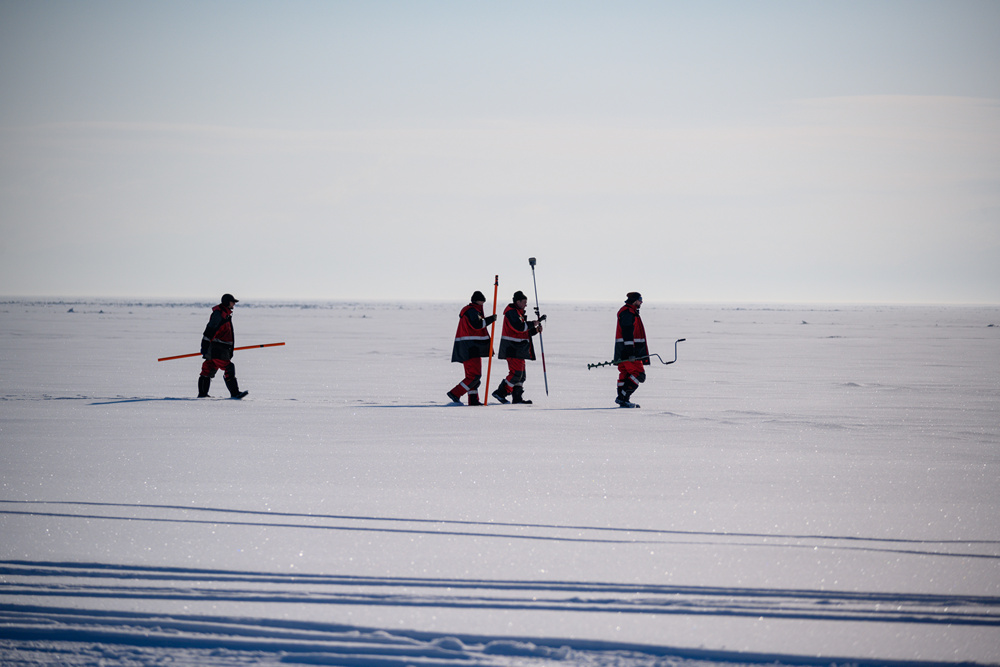 Photo by Bair Shaybonov
Photo by Bair Shaybonov
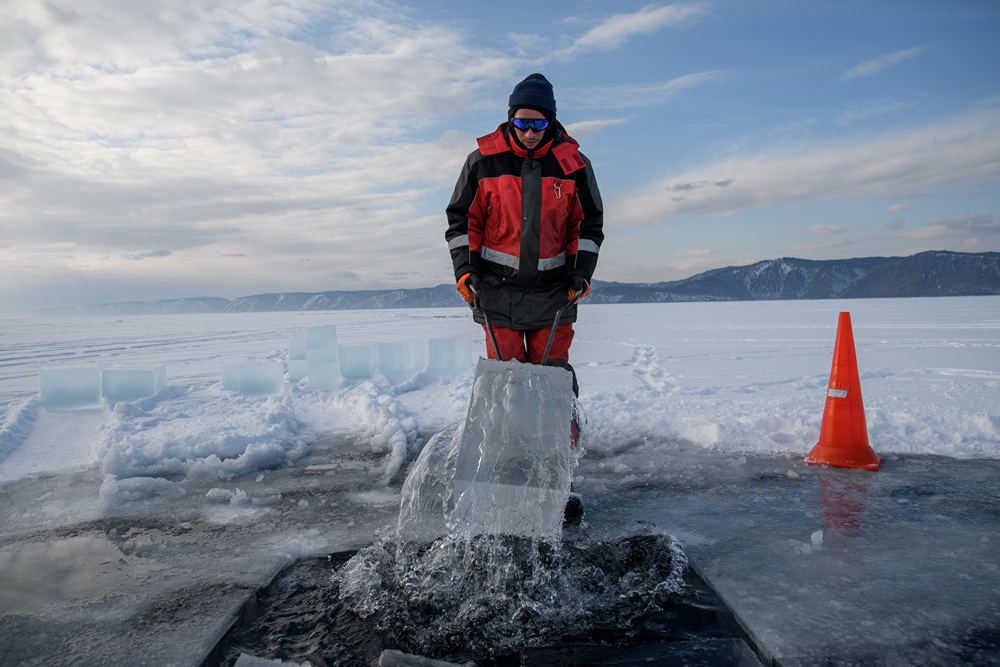 Photo by Bair Shaybonov
Photo by Bair Shaybonov
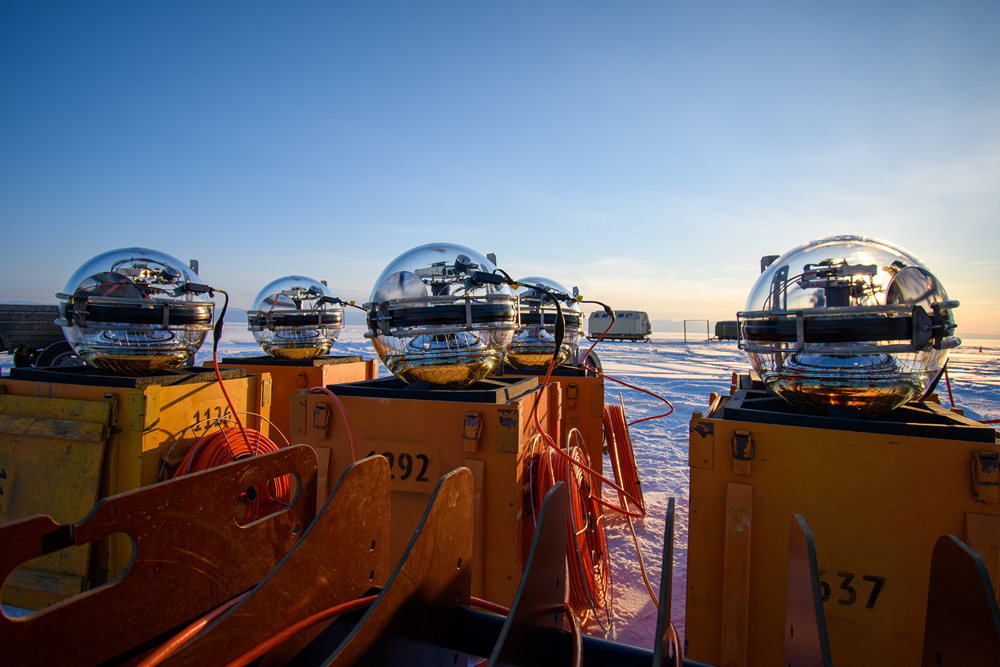 Photo by Bair Shaybonov
Photo by Bair Shaybonov
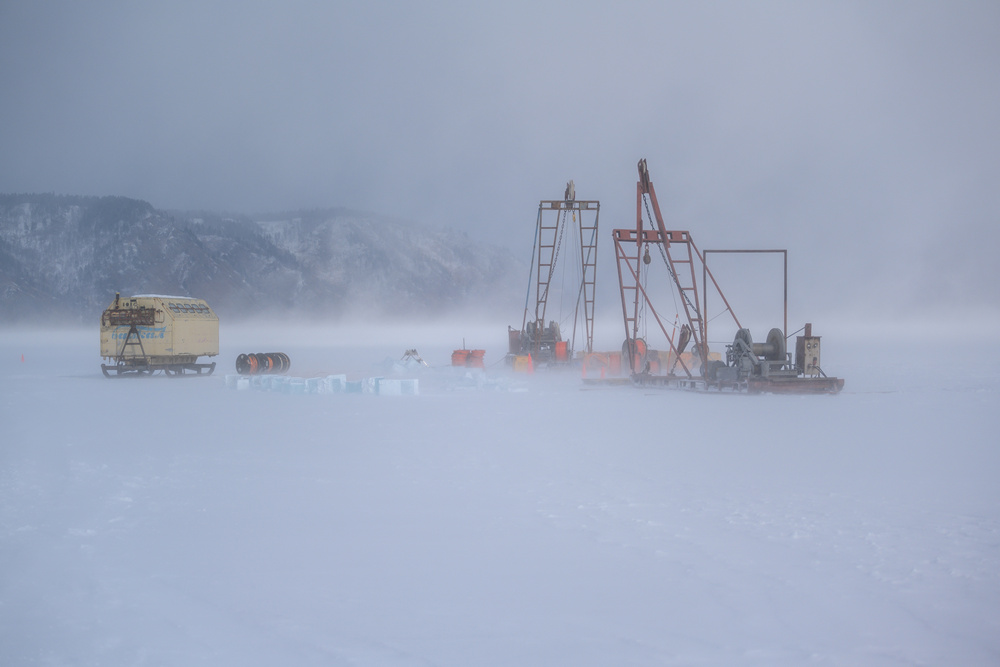 Photo by Bair Shaybonov
Photo by Bair Shaybonov

